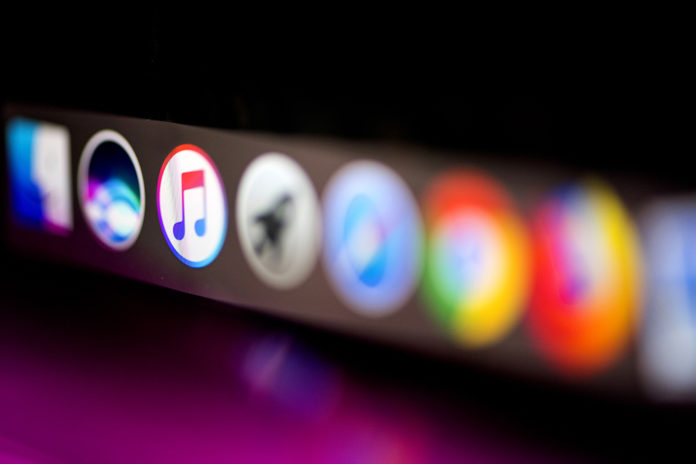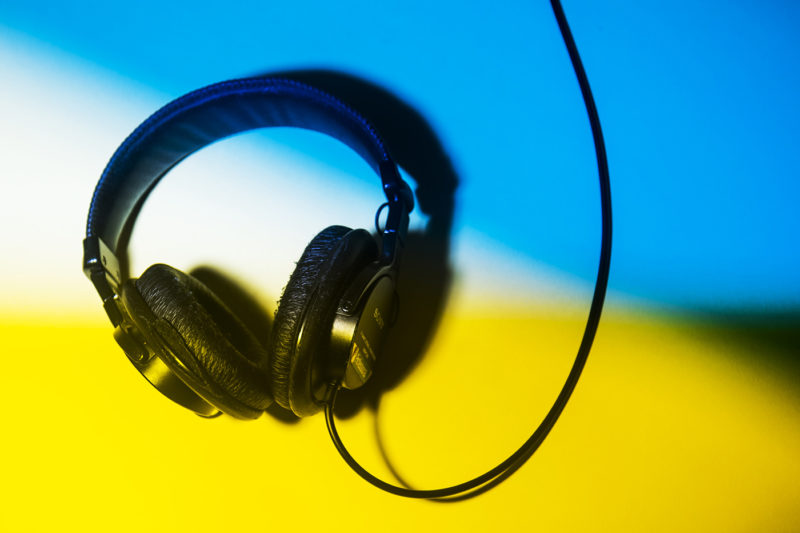
By Molly Callahan
News at Northeastern
Apple’s music platform, iTunes, changed the digital music landscape when it debuted in 2001. It “proved that digital music could be profitable,” says Andrew Mall, an assistant professor of music industry at Northeastern University.
Now, 18 years later, Apple is retiring the music service in favor of three separate apps for music, video, and podcasts—a change that represents a “whole paradigm shift” in the music and recording industries, says Doug Bielmeier, who is an associate teaching professor in audio recording and production at Northeastern.
The company unveiled the plan at its annualdevelopers conference in early June, announcing that Apple Music, Apple Podcasts, and Apple TV would replace iTunes. People who used iTunes will still have access to their entire music library, including purchased and downloaded songs and songs that have been ripped from CDs.
Bielmeier says the move wasn’t unexpected: For years,more people have been streaming music online through subscriptions services such as Spotify than purchasing and downloading it. Apple hopped onto this trend as well, with its streaming service, Apple Music.
The rise of smartphones and unlimited data plans has made low-cost, online streaming plans more appealing in recent years, Bielmeier says.
“It’s this whole paradigm shift that’s been happening since the late 1990s, where people are moving away from this idea of owning content,” Bielmeier says. “To me, [the sunsetting of iTunes] represents that it’s over.”
The retirement of iTunes represents the end of an era that changed the way musicians, record labels, and audiences think about music, Mall says.
“What iTunes did in the early years of the 21st century was to consolidate the libraries of the major record labels into a place where people could access high quality music without having to pirate it,” Mall says. “iTunes was the first legitimate digital superstore for music.”
Before iTunes, there were only a couple ways to access music, Mall says. You could go into a brick and mortar store and buy a CD, cassette, or vinyl record; or you could download music from illegal services such as Napster and Limewire.
Using those services required a fair bit of technical know-how, as well as a broadband internet connection—something that was not as ubiquitous in 2000 as it is in 2019.
And even then, there was no way to judge the quality of the music until you downloaded and listened to it.
“If you were on a dial-up internet connection, the last thing you wanted to do was spend an hour downloading an album only to find out it’s really low quality,” Mall says.
Apple’s iTunes changed all that, Mall says. The platform offered a streamlined, legitimate service where what you’re paying for is what you got, he says. It consolidated the music libraries of a variety of record labels, so users could get music from Aerosmith (a band represented by Columbia Records and Geffen Records at different points) and Kanye West (a musician represented by Roc-A-Fella Records at the time iTunes came out) in the same place.
Music fans could already do this, of course, at brick-and-mortar record stores. But in the late 1990s and early 2000s, record labels were scrambling to meet the demand for digital music by trying to design their own platforms featuring only their artists. It was iTunes that succeeded in bringing digital music—regardless of label—into one central, digital place, Mall says.
Now, though, “most consumers just want access to as much music as possible for as small a price as possible,” Mall say
“I don’t think that’s going to change until you can just implant the world’s music into your brain,” he says.
(Reprinted with permission from News at Northeastern.”

















